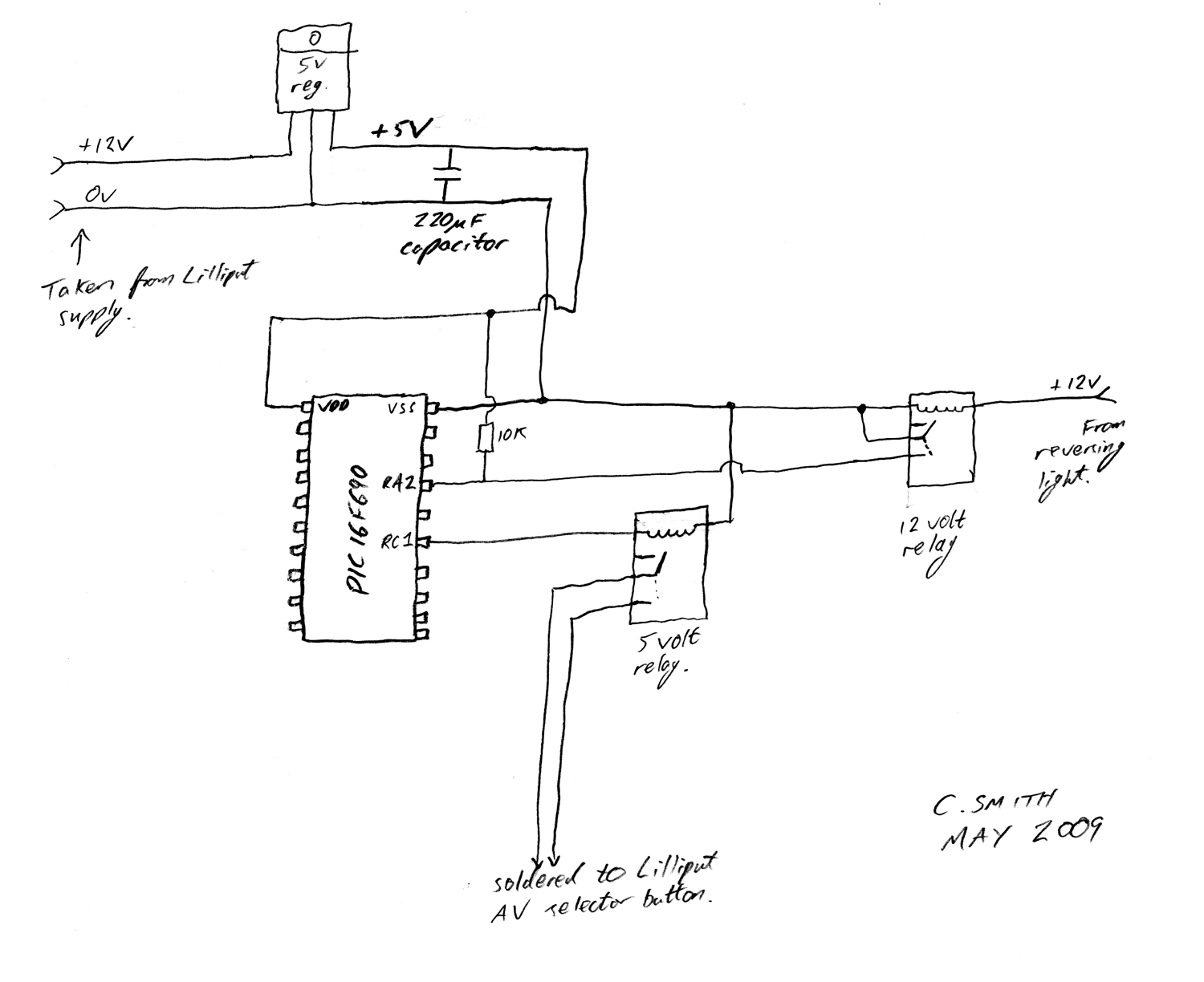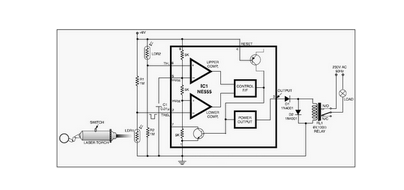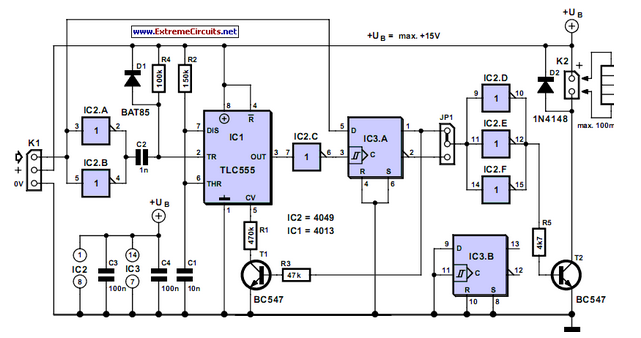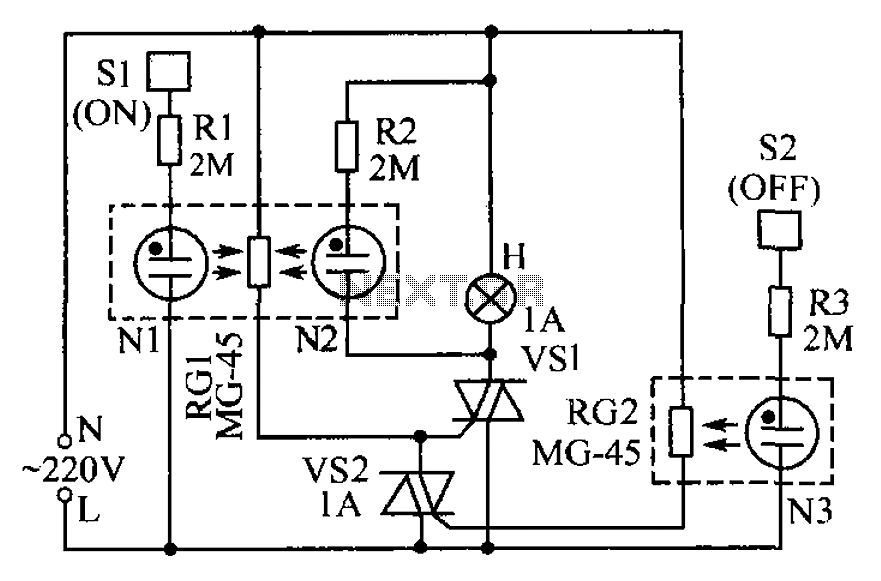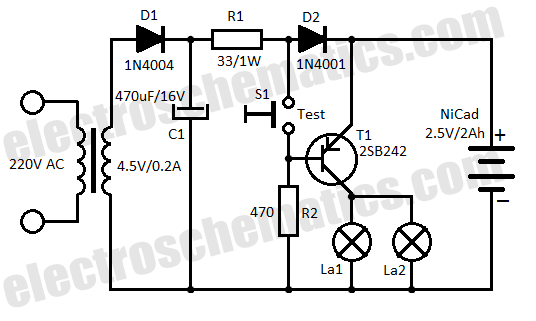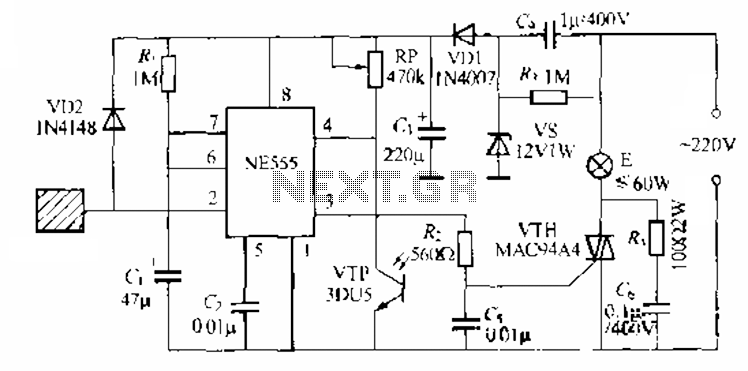
Automatic Headlight Brightness Switch
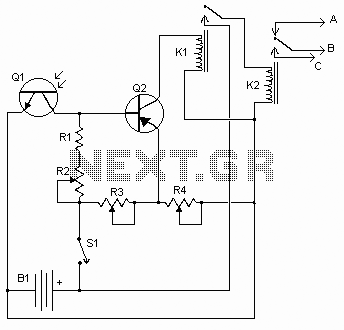
Automatic Headlight Brightness Switch Circuit. Driving on the highway with high-beam headlights can significantly enhance visibility; however, it can also pose a blinding hazard for other drivers. This straightforward circuit can be integrated into your headlight system.
This automatic headlight brightness switch circuit is designed to enhance driving safety by automatically adjusting the headlight intensity based on ambient light conditions. The circuit typically consists of a light-dependent resistor (LDR), a comparator, and a relay or transistor switch.
When the vehicle is in low light conditions, such as during nighttime or in tunnels, the LDR detects the reduced light levels and sends a signal to the comparator. The comparator then evaluates the input from the LDR against a predefined threshold. If the light level falls below this threshold, the comparator activates the relay or transistor, switching the headlights to high beam.
Conversely, when the vehicle enters a well-lit area, such as urban environments or when approaching other vehicles, the LDR senses the increase in ambient light. The comparator then deactivates the relay or transistor, switching the headlights back to low beam to prevent glare for oncoming drivers.
Additional components may include resistors and capacitors to stabilize the circuit and ensure smooth operation. A diode can also be included to prevent back EMF when the relay is switched off, protecting the circuit from potential damage.
This circuit not only improves driving comfort and safety but also enhances compliance with traffic regulations regarding headlight usage. Proper installation and calibration of the LDR and comparator are crucial for optimal performance, ensuring that the transition between high and low beams occurs seamlessly and effectively.Automatic Headlight Brightness Switch Circuit Driving the highway with your high-beam headlights can really increase your visibility, but can he a blinding hazard for other drivers. This simple circuit can be wired into your hea.. 🔗 External reference
This automatic headlight brightness switch circuit is designed to enhance driving safety by automatically adjusting the headlight intensity based on ambient light conditions. The circuit typically consists of a light-dependent resistor (LDR), a comparator, and a relay or transistor switch.
When the vehicle is in low light conditions, such as during nighttime or in tunnels, the LDR detects the reduced light levels and sends a signal to the comparator. The comparator then evaluates the input from the LDR against a predefined threshold. If the light level falls below this threshold, the comparator activates the relay or transistor, switching the headlights to high beam.
Conversely, when the vehicle enters a well-lit area, such as urban environments or when approaching other vehicles, the LDR senses the increase in ambient light. The comparator then deactivates the relay or transistor, switching the headlights back to low beam to prevent glare for oncoming drivers.
Additional components may include resistors and capacitors to stabilize the circuit and ensure smooth operation. A diode can also be included to prevent back EMF when the relay is switched off, protecting the circuit from potential damage.
This circuit not only improves driving comfort and safety but also enhances compliance with traffic regulations regarding headlight usage. Proper installation and calibration of the LDR and comparator are crucial for optimal performance, ensuring that the transition between high and low beams occurs seamlessly and effectively.Automatic Headlight Brightness Switch Circuit Driving the highway with your high-beam headlights can really increase your visibility, but can he a blinding hazard for other drivers. This simple circuit can be wired into your hea.. 🔗 External reference
Warning: include(partials/cookie-banner.php): Failed to open stream: Permission denied in /var/www/html/nextgr/view-circuit.php on line 713
Warning: include(): Failed opening 'partials/cookie-banner.php' for inclusion (include_path='.:/usr/share/php') in /var/www/html/nextgr/view-circuit.php on line 713
